
This urgent need for change has many facets, from sobriety (limiting the consumption of raw materials and energy) to circularity (increasing the re-use of production waste and end-of-life materials in the production chain), not forgetting respect for people (moving towards safer and less arduous construction processes), urban planning (developing cities that are more pleasant to live in and more resilient in the face of climate change) and inclusion (providing access to accessible, affordable and healthy housing for all).
This paradigm shift is forcing us to rethink our building methods, in particular by developing light construction. It also requires us to listen to, involve and mobilize all the stakeholders concerned: building designers (architects, town planners, engineers), public institutions, developers, builders, financiers and end users.
What are the challenges of sustainable construction?
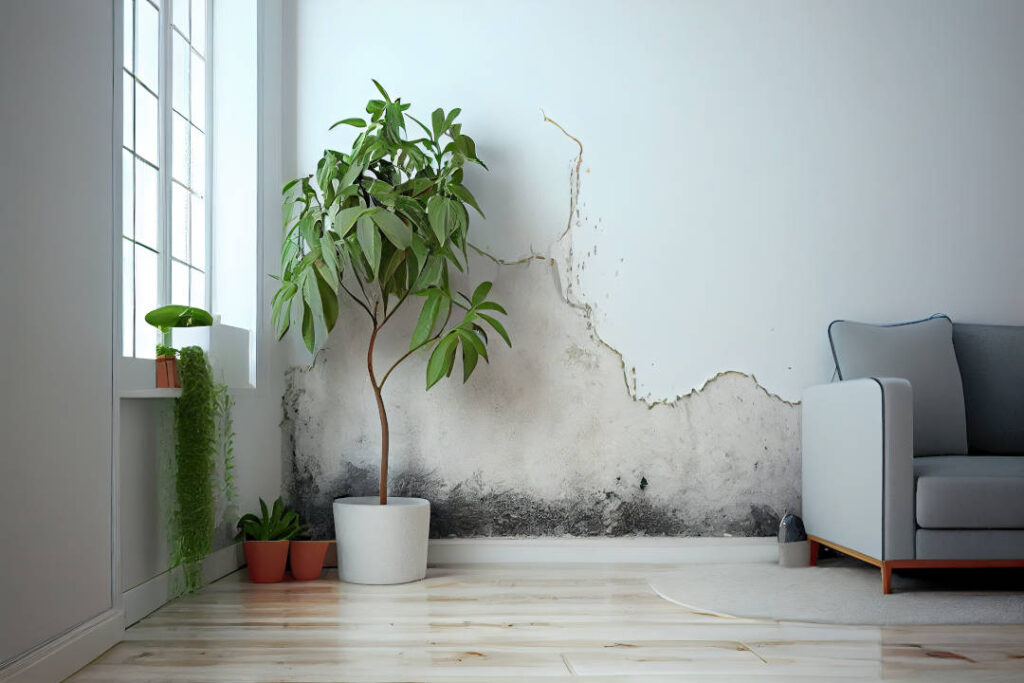
Sustainable construction aims to minimize the environmental impact of buildings while promoting a better quality of life for their occupants. The challenges of sustainable construction are many and encompass environmental, economic and social aspects:
-
Reducing the carbon footprint:
Buildings are responsible for 40% of greenhouse gas emissions. Sustainable construction thus aims to reduce these emissions by using more environmentally friendly materials and technologies, improving the energy efficiency of buildings and promoting renewable energies.
-
Efficient resource management:
Sustainable construction encourages the responsible use of natural resources, promoting the reuse, recycling and reduction of construction waste. This helps to preserve the planet's limited resources.
-
Long-term durability:
Sustainable buildings are designed to last longer, reducing the need for frequent rebuilding or renovation.
-
Urban biodiversity:
Sustainable construction can promote biodiversity by incorporating green spaces, green roofs, gardens and wildlife habitats into building projects.
-
Community involvement:
Sustainable construction often involves the participation of the local community, promoting the development of projects that meet the needs and aspirations of local residents.
-
Cost effectiveness:
Although the initial costs of sustainable construction may seem higher, the energy savings and long-term benefits can make these projects profitable.
-
Regulatory compliance:
Many regions have regulations in place to promote sustainable construction, making compliance increasingly important. Following sustainability standards and certifications, such as LEED (Leadership in Energy and Environmental Design) or BREEAM (Building Research Establishment Environmental Assessment Method), ensures compliance with best sustainable practice.
-
Occupant comfort:
Sustainable construction aims above all to improve the occupant comfort by promoting thermal insulation, acoustic insulation, indoor air quality, natural lighting, etc.
How can sustainable construction help us cope with rapid urbanization and population growth?
In November 2022, the world's population passed the symbolic 8 billion mark. Demographic growth covers very different realities: in developed countries, the changing birth rate is already leading to a steadily ageing population, generating specific needs for adaptable housing, foreshadowing what will happen later on a global scale.
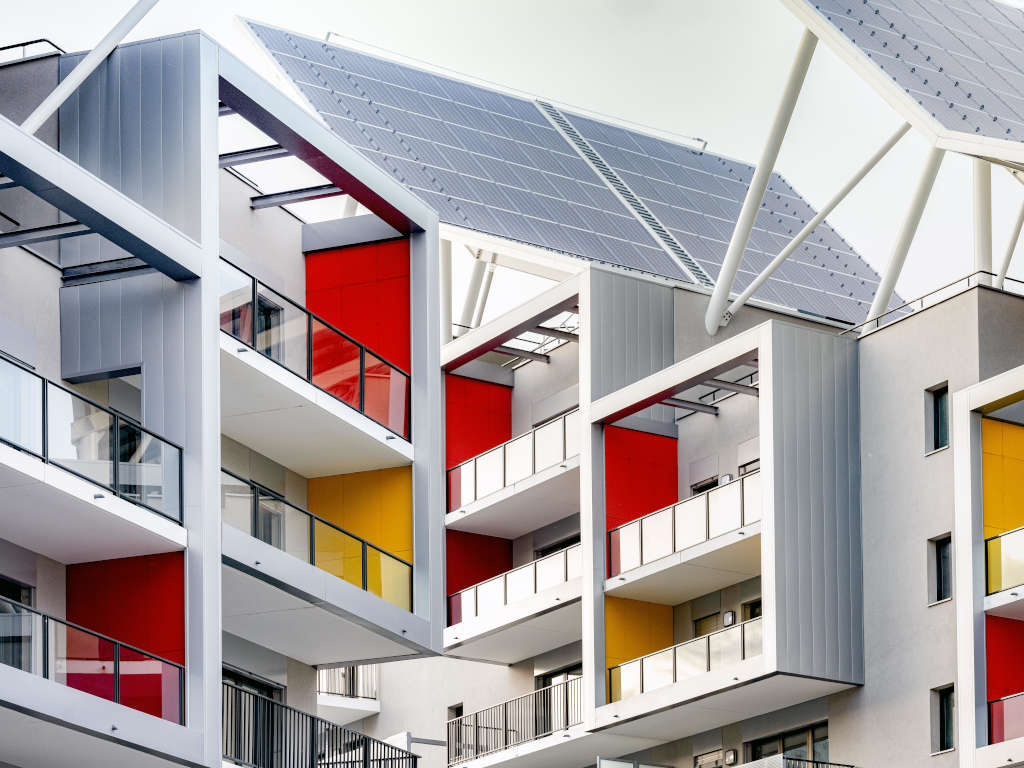
In other geographic regions, rapid population growth is putting severe pressure on the construction sector, and in particular on the ability to provide healthy, decent housing for all.
70%
This is the proportion of greenhouse gas emissions generated by cities.
Most of the world's population now lives in cities, which account for more than 60% of energy and natural resource consumption and more than 70% of global greenhouse gas emissions. Urbanization calls for solutions that increase productivity, so that buildings can be built faster and with less labor. It also places greater demands on infrastructure, from waste management to energy supply and transport. In addition, it is also generating higher expectations for public spaces, from offices and hospitals to sports, shopping and entertainment facilities. Generally speaking, the aim is to transform the built environment in order to move towards energy sobriety and prepare urban areas to adapt to climate change, by designing and building cities that are resilient and adaptable over the long term. Sustainable construction must therefore meet the need for construction that is both affordable and sustainable, so that everyone can benefit from decent, energy-efficient housing, whether for renovation, new build or infrastructure.
The weight of all solid inanimate objects made by man (including buildings) is now greater than that of all living things (plants, bacteria and animals, etc.), according to the Weizman Institute.
What are the solutions for sustainable construction?
Sustainable construction means adopting lighter, faster and more responsible building methods. Unlike traditional construction, where solid walls (bricks, cement, etc.) bear the weight of the building, light construction involves building a structure - in wood, metal, concrete or a combination of these materials - to which lightweight façade systems and non-load-bearing internal partitions are attached.
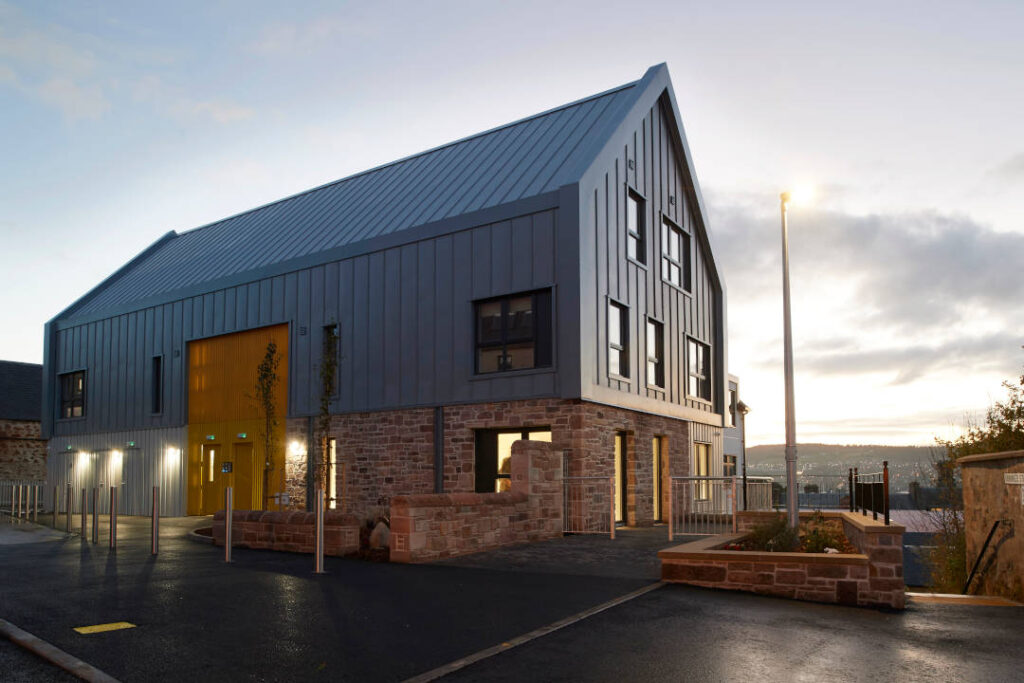
This type of construction, on site or using partial or total off-site construction, reduces the environmental impact of construction and optimizes resource consumption, while delivering superior performance. This approach is set to expand rapidly throughout the world, because of the decisive advantages it brings, not only in emerging countries, where the buoyant demographic is generating strong demand for new homes, but also in developed countries, which are experiencing a shortage of housing, and in general in all regions where labor is in short supply.
Light construction meets these challenges by offering decisive advantages in terms of speed, productivity and cost, as well as ease of construction, conversion and dismantling. One of the most emblematic solutions in this area is wood, which is used in both new-build and renovation projects, particularly in the case of extensions. Far from being confined to individual houses, it can also be used to build communal structures such as schools and office towers.
Given the construction sector’s major contribution to global greenhouse gas emissions, construction chemicals, which include all the chemical components used to bond, seal, protect, reinforce and finish construction materials, is a crucial sector for decarbonizing the economy. Technological innovation makes it possible to reduce energy consumption, reduce the carbon footprint of cement and concrete, and promote the circular economy. Chemicals thus play a major role in the transition to low-carbon construction.
Sustainable construction, comfort and well-being
The increase in time spent indoors, the spread of home working and changing lifestyles are redefining expectations of residential buildings and leading to a search for better work-life balance. There are also increasing demands for health and comfort in all its dimensions (noise, temperature, light, esthetics and air quality).
All the megatrends affecting housing require buildings to be more modular and adaptable, to make it easier to change the use of buildings during their life cycle (in particular from office use to residential use, and vice versa). It also means designing buildings capable of adapting to changing needs, such as those associated with home care for the elderly.
Can a construction site be sustainable?
From initial studies to selection of suppliers, from the structure and envelope of buildings to air renewal and the management of construction waste, how can a building site be sustainable from start to finish? See our infographic for the answer:

Renovation, the key to sustainable construction
Sustainable construction is up and running all over the world. Four projects in Australia, France, Holland and China are successful examples of renovation. While they meet the common principles of sustainable renovation in terms of decarbonization, circularity and energy transition, they also have their own specific features, depending on the history of the buildings and the approach of the architects who are bringing them back to life.
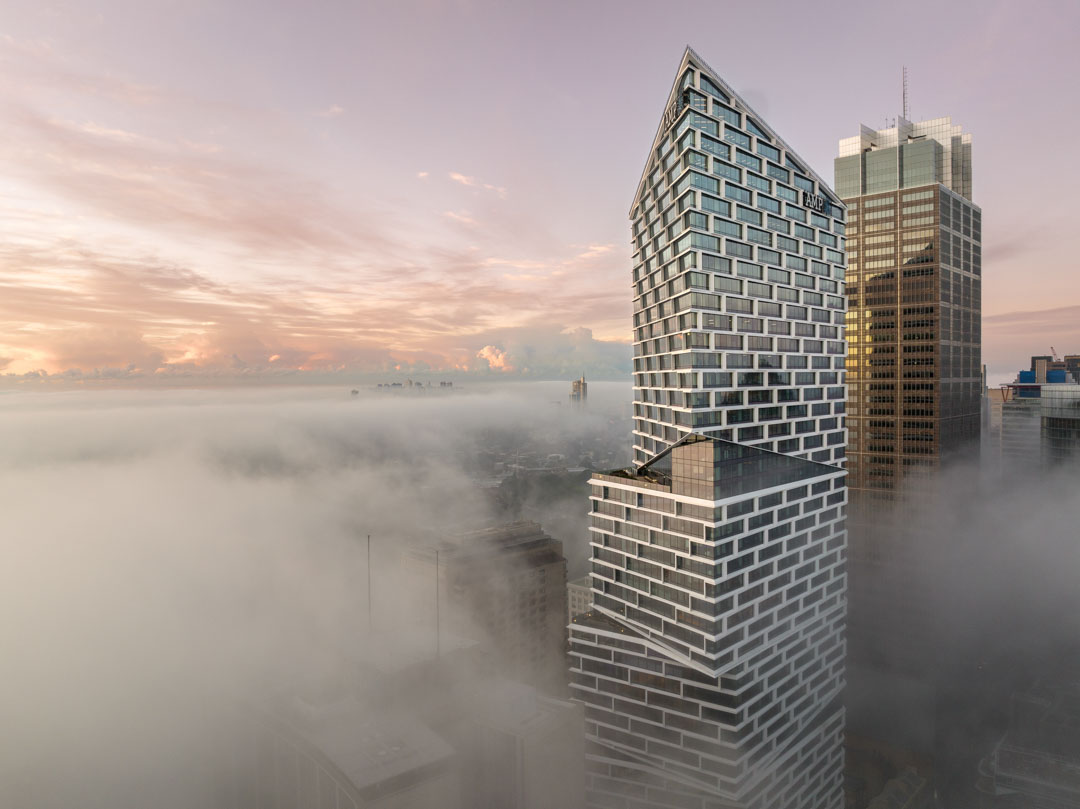
The Quay Quarter Tower in Sydney (Australia), designed by 3XN Copenhagen, takes advantage of its energy-efficient orientation to expand the interior space. The Grand Parc district in Bordeaux (France), redesigned by Anne Lacaton & Jean-Philippe Vassal, is on the way to achieving zero carbon thanks to geothermal energy and renewable energies, while at the same time increasing the area of living space. The Kleiburg building in the Bijlmermeer district of Amsterdam (Holland), renovated by NL Architects /XVW architectuur, has given priority to the well-being and health of its residents. They were involved in the project by carrying out the finishing work themselves, and their homes also benefited from better insulation and more light. Finally, the Citic Square shopping center in Shanghai (China), designed by the Kokaistudios agency and architects Filippo Gabbiani & Andrea Destefanis (Venice), shows how a public building can regain its luster through optimized access to natural light and ventilation that has been redesigned to improve its energy balance.
According to Peter Sweatman, CEO of Climate Strategy & Partners and an expert in energy efficiency in the construction sector, without determined private and public action, there can be no real shift towards a sustainable built world. He is convinced that public players have a central and highly rewarding role to play in the overall improvement of individual housing. Today, he says, "Europe's political leaders are well aware of the urgent need to save energy, but they all agree that the housing stock is really lagging behind" and that they have a strong interest in making it less energy-intensive.
5 to 11%
price increase for a highly energy-efficient property
Who are the players in sustainable construction?
Architects and town planners
Builders
Manufacturers and distributors of materials
Craftsmen
Transporters
Owners and investors
Property professionals
Manufacturers and suppliers of building materials
Occupants and end users
Local elected officials and politicians
Financiers
Certification and standards bodies
Sustainable construction and digitalization
AI, BIM, digital twins, IoT... Digital technologies have penetrated the construction sector to drive new ways of designing buildings and controlling their environmental impact. And how do they do this? By making them smarter!
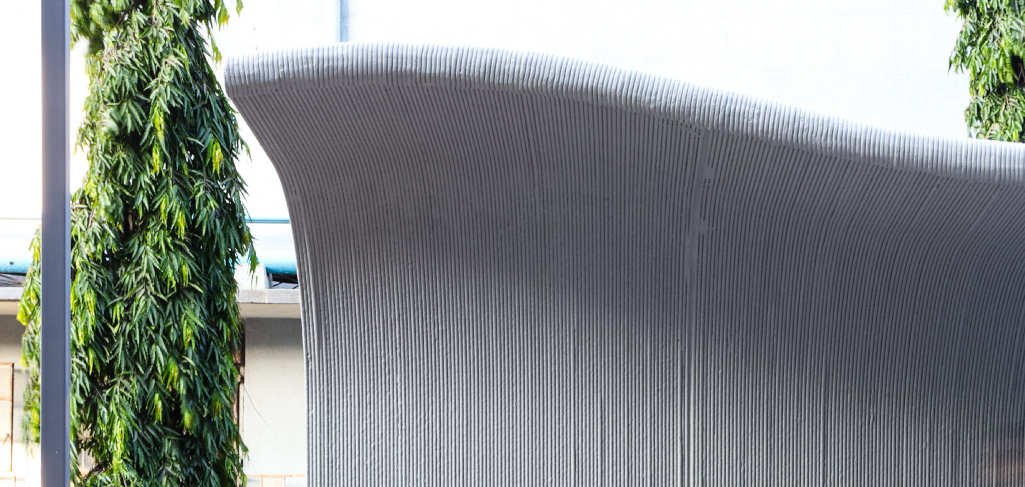
In the building industry, digital technology is transforming the entire construction and renovation value chain. Upstream, the design of buildings is based on digital models; on building sites, 3D scanning and photogrammetry provide a new understanding of reality. During construction itself, digital technology facilitates new operational methods such as off-site construction and 3D printing.
Downstream, widespread use of metering, equipment interconnection and home automation are helping to make homes more comfortable, optimize energy consumption, improve safety and facilitate long-term maintenance, including in transport infrastructure and high-rise buildings.
The vocabulary of sustainable construction
Combined heat and power, the Anthropocene, Xeriscaping, embodied carbon, eco-materials... The evolution of our vocabulary reveals our determination to think differently, to reinvent housing and the city, to build a more sustainable world. But what are the realities behind these jargon terms? Constructing New Wor(l)ds, Saint-Gobain's new podcast series, deciphers around twenty words that describe a world already in the throes of change.
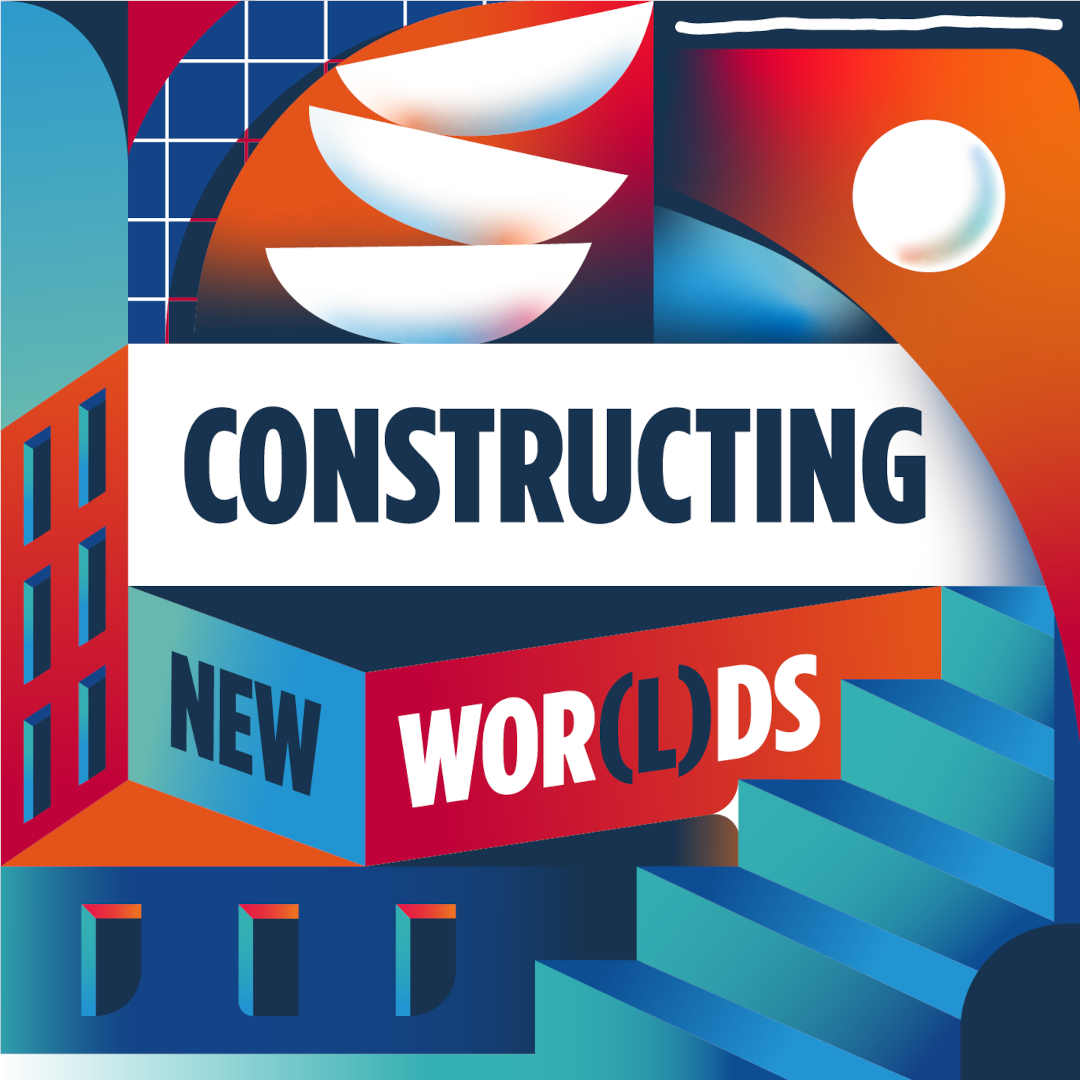
- Discover Constructing New Wor(l)ds, a Saint-Gobain podcast 0:54
- Episode 01 - Z... for Zero Carbon 06:53
- Episode 02 - A... for Anthropocene 06:13
- Episode 03 - X… for Xeriscaping 06:09
- Episode 04 - E... for Embodied Emissions 05:10
- Episode 05 - M... for Massive Urbanization 05:50
- Episode 06 - B... for bio-based materials 07:44
- Episode 07 - C… for Cogeneration 05:31
- Episode 08 - L… for Lightweight Construction 05:46
- Episode 09 - R... for Resilience 05:53
- Episode 10 - D... for Digital Twin 04:52
- Episode 11 - C... for Clinkerisation 06:30
- Episode 12 - U... for Urban Heat Island 06:00
- Episode 13 - M... for Modular Construction 05:07
- Episode 14 - B... for Building operating System 04:56
- Episode 15 - P... for PAAS 06:15
- Episode 16 - P... for Passive Building 04:55
- Episode 17 - U... for Urban Mining 06:54
- Episode 18 - S… for Secondary Raw Materials 06:40
- Episode 19 - B… for Bill of materials 03:38
- Episode 20 - L... for LCA 05:21
Key figures for sustainable construction
50 % : share of annual consumption of natural resources by the building sector.
12 % : share of annual water consumption by the building sector.
70 % : share of greenhouse gas emissions generated by cities.
40 % : share of CO2 emissions generated by the building sector.
51,1 % of buildings in the European Union have an energy performance diagnosis (EPD) rated between D and G. Only 2.7% are rated A.
Read other content on sustainable construction :
- « Climate week 2023: We can. We will.»
- “The Big Climate Change Question Is the Habitability of the Earth”
- How can cities be made more resilient?
- Climate Change: six startups revolutionizing the construction Industry
- Water: The five habits of an exemplary building site
- The energy performance of buildings in the European Union











